How to Create a DIY Fire Pit for Your Backyard
Are you dreaming of cozy evenings under the stars, surrounded by friends and family, with the warm glow of a fire pit? Building your own fire pit can be an exciting and rewarding project that transforms your backyard into a welcoming oasis. Not only does a fire pit provide warmth and light, but it also serves as a focal point for gatherings, storytelling, and making memories. In this guide, we will walk you through the steps to create a DIY fire pit, covering everything from choosing the right location and materials to safety tips and maintenance. So, grab your tools, and let’s get started on this fiery adventure!
Selecting the perfect spot for your fire pit is crucial to ensure a safe and enjoyable experience. You want a location that is not too close to structures like your house, garage, or any overhanging branches. It’s essential to consider the wind direction as well—nobody wants smoke blowing into their faces! Additionally, think about accessibility; you want your fire pit to be easily reachable for everyone. A good rule of thumb is to keep your fire pit at least 10 to 20 feet away from any flammable materials. Picture your backyard as a canvas; the location of your fire pit will be the centerpiece that draws everyone in.
Gathering the right materials is essential for building a durable fire pit. You’ll want to choose materials that can withstand high heat and the elements. Here’s a quick rundown of what you’ll need:
- Fire Pit Ring: This can be made from bricks, stones, or metal.
- Base Material: Gravel or sand for drainage and stability.
- Tools: Shovel, level, trowel, and safety gear like gloves and goggles.
Having these materials on hand not only streamlines the building process but also ensures that your fire pit will stand the test of time. Imagine the satisfaction of seeing your hard work pay off as you enjoy the fire pit you've built with your own hands!
Different materials can be used to construct fire pits, each offering unique aesthetics and durability. Let’s explore some popular options:
Stone fire pits provide a rustic charm and can withstand high temperatures. You can use natural stones like granite, limestone, or river rocks. Arrange them in a circular pattern to create a sturdy structure. Think of it as building a fortress for your flames, where the stones protect the fire while adding a touch of nature to your backyard.
Metal fire pits are often portable and easy to assemble. They come in various designs, from sleek modern styles to classic bowl shapes. One of the significant benefits of using metal is its heat retention, which means you’ll feel the warmth even after the flames have died down. Picture a cozy gathering where the warmth of the fire draws everyone closer, creating an intimate atmosphere.
Having the right tools on hand simplifies the construction process. Essential tools include:
- Shovel
- Level
- Trowel
- Safety gear (gloves and goggles)
With these tools, you’ll be well-prepared to tackle your DIY fire pit project. It’s like having the right ingredients for a recipe; without them, you might end up with a less-than-stellar dish!
The design of your fire pit can greatly impact its functionality and aesthetics. Think about the style that best complements your backyard. Do you prefer a circular shape that invites conversation, or a square design that offers a modern touch? The possibilities are endless!
Choosing the shape and size of your fire pit is essential for both safety and comfort. A larger fire pit can accommodate more people, while a smaller one might be just perfect for a cozy family gathering. Consider how much space you have available and how you envision using your fire pit. It’s like picking the right outfit for an occasion—comfort and style go hand in hand!
Seating around your fire pit enhances the social experience. Think about integrating benches, chairs, or even logs into your design. You want your guests to feel comfortable and relaxed as they gather around the fire. Imagine the laughter and stories shared as everyone settles in, the fire crackling in the background, creating a warm and inviting ambiance.
Safety should always be a priority when using a fire pit. It’s essential to take precautions to prevent accidents. Ensure that your fire pit is at a safe distance from flammable materials and that you have a fire extinguisher or water source nearby. Always keep an eye on the flames and never leave the fire unattended. Think of it as being the guardian of your backyard; you want to protect both your loved ones and your property.
Before building, it's important to check local regulations regarding fire pits. Some areas may have specific permits, restrictions, or guidelines. This is crucial to ensure compliance and safety in your area. It’s like following the rules of a game; knowing them beforehand can save you from unnecessary penalties!
Regular maintenance is key to prolonging the life of your fire pit. Cleaning it after each use, inspecting for damage, and preparing it for different seasons can keep it in top condition. Think of it as giving your fire pit a little TLC; the more you care for it, the more enjoyment you’ll get out of it!
Q: How deep should a fire pit be?
A: A depth of 12-18 inches is generally recommended for a fire pit.
Q: Can I use a fire pit on a wooden deck?
A: It’s not advisable due to fire risks. Use on non-combustible surfaces instead.
Q: What type of wood is best for burning?
A: Hardwoods like oak, hickory, or maple are ideal as they burn longer and produce less smoke.

Choosing the Right Location
When it comes to creating a cozy fire pit in your backyard, is absolutely crucial. It’s not just about finding a spot that looks nice; it’s about ensuring safety and functionality for those chilly evenings spent roasting marshmallows and sharing stories with friends and family. You wouldn’t want to set up your fire pit right next to a flammable structure, right? So, let’s dive into some key factors to consider when selecting the perfect spot!
First off, think about the proximity to structures. Ideally, your fire pit should be at least 10 to 20 feet away from any buildings, trees, or other flammable materials. This distance minimizes the risk of accidental fires and ensures that everyone can enjoy the warmth without feeling too cramped. Imagine sitting around the fire, the crackling flames dancing in the night, and knowing you’re safe and sound!
Next, consider the wind direction. You wouldn’t want smoke blowing directly into your house or your guests’ faces, would you? Before you set up, take a moment to observe how the wind typically blows in your yard. A good rule of thumb is to position your fire pit so that the smoke drifts away from seating areas and structures. This way, you can enjoy the fire without the annoyance of smoke ruining the fun.
Another important aspect is accessibility. You want your fire pit to be easily reachable for everyone, especially if you’re planning to serve snacks or drinks around it. Consider how people will move around the area; you don’t want to have to navigate around obstacles just to grab a s’more! Think about creating a clear path to the fire pit, perhaps with some lovely stepping stones or gravel to guide the way.
Lastly, take into account the overall vibe you want to create. Do you envision a rustic, secluded area surrounded by trees, or a more open space where you can gaze at the stars? The location can significantly affect the atmosphere of your gatherings. After all, a fire pit is not just a source of warmth; it’s a gathering point for memories and laughter.
In summary, when choosing the right location for your fire pit, keep these factors in mind:
- Proximity to structures: At least 10 to 20 feet away from buildings and trees.
- Wind direction: Position to avoid smoke blowing into seating areas.
- Accessibility: Ensure easy access for guests and supplies.
- Overall vibe: Choose a location that enhances your desired atmosphere.
By carefully considering these elements, you’ll create a fire pit area that is not only safe but also inviting and enjoyable for all your outdoor gatherings. So grab your tools, pick that perfect spot, and get ready to ignite some unforgettable moments!
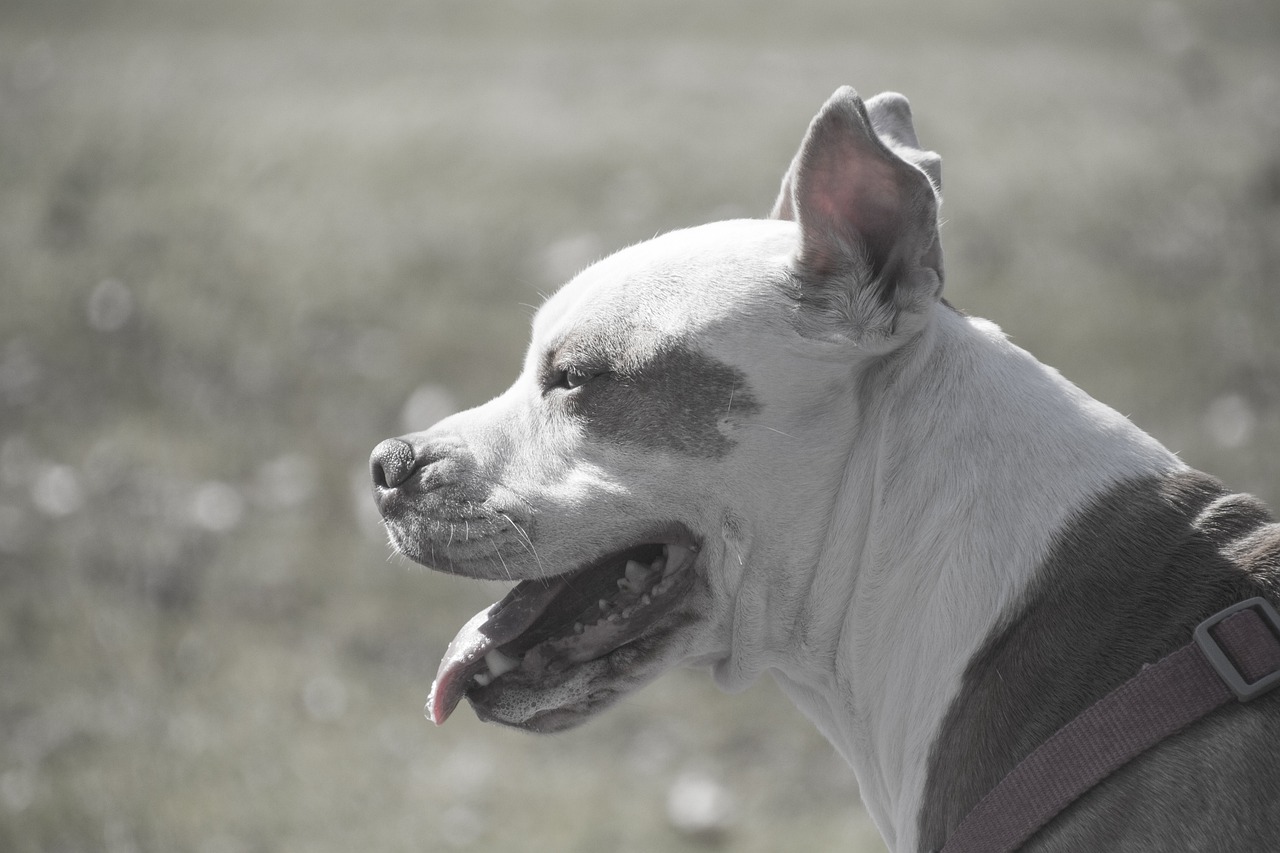
Materials Needed
When embarking on your DIY fire pit project, gathering the right materials is crucial for ensuring durability and safety. You don’t want to invest your time and energy into something that won’t stand the test of time or, worse, poses a risk when you light it up! Start by considering the primary components of your fire pit, which typically include stone, brick, or metal. Each material has its own benefits and aesthetic appeal, so let’s break it down.
First off, you’ll need to choose a base material. If you opt for a stone fire pit, look for fire-resistant stones like granite or fieldstone. These types can withstand high temperatures and add a rustic charm to your backyard. For a more modern look, bricks are a fantastic choice, providing excellent heat retention and a classic appearance. On the other hand, if portability is your goal, consider a metal fire pit, which can easily be moved around your yard or even taken on camping trips.
In addition to your primary materials, you’ll also need some essential tools to bring your vision to life. Here’s a quick rundown of what you might need:
- Shovel: For digging your fire pit's foundation.
- Level: To ensure your fire pit is even.
- Safety goggles: To protect your eyes while working.
- Gloves: To keep your hands safe from rough edges and dirt.
Once you have your main materials and tools, it’s time to think about additional features that can enhance your fire pit experience. Consider adding a grate for cooking or a spark screen to keep embers contained. You might also want to invest in some decorative stones or bricks to give your fire pit a unique flair that matches your backyard’s style.
Finally, don’t forget about the foundation for your fire pit. A solid base is essential to prevent settling or shifting over time. You can create a simple gravel base, which allows for drainage and helps keep the area around your fire pit dry. This way, you can enjoy your outdoor space without worrying about mud or water pooling around your fire pit.
In summary, having the right materials and tools is the cornerstone of a successful DIY fire pit project. Take your time to select the best options that suit your style and needs, and you’ll be well on your way to creating a cozy gathering spot for friends and family.

Types of Fire Pit Materials
When it comes to building a fire pit, the choice of materials can significantly influence not only the **aesthetic appeal** but also the **durability** and **safety** of your outdoor gathering space. There are several materials to consider, each with its own set of advantages and characteristics. Let’s dive into the most popular options available to help you make an informed decision.
First up, we have stone fire pits. These are known for their rustic charm and can seamlessly blend into any natural landscape. Stones, such as granite, limestone, or river rocks, can withstand high temperatures, making them an excellent choice for fire pits. The arrangement of stones can be customized to create a unique look, whether you prefer a more traditional circular design or something more modern and angular. Not only do they provide a sturdy structure, but they also add a touch of nature to your backyard.
Next, let's talk about metal fire pits. If you're looking for something portable and easy to assemble, metal might be the way to go. These fire pits are typically made from materials like steel or cast iron, which can withstand intense heat while offering flexibility in design. You can find them in various shapes and sizes, from sleek, modern designs to more classic styles. One of the significant benefits of metal fire pits is their ability to retain heat, allowing you to enjoy the warmth long after the flames have died down.
Another popular choice is concrete fire pits. Concrete offers a robust and durable option that can be molded into virtually any shape you desire. It’s resistant to the elements, ensuring that your fire pit will last for years with minimal maintenance. Plus, you can customize the finish with paint or stain to match your backyard decor. Concrete fire pits can be built in-ground or above ground, allowing for versatile design possibilities.
To summarize, here’s a quick comparison of the three main types of fire pit materials:
| Material | Durability | Heat Retention | Aesthetic Appeal |
|---|---|---|---|
| Stone | High | Moderate | Rustic and Natural |
| Metal | Moderate | High | Modern and Versatile |
| Concrete | Very High | Moderate to High | Customizable and Stylish |
Ultimately, the choice of material will depend on your personal style, budget, and how you plan to use the fire pit. Whether you lean towards the **timeless beauty of stone**, the **practicality of metal**, or the **versatility of concrete**, each option has its own unique charm and functionality. So, as you embark on your DIY fire pit journey, consider these materials carefully to create the perfect gathering spot in your backyard.
Q: How do I choose the right material for my fire pit?
A: Consider factors such as your budget, desired aesthetic, and how often you plan to use the fire pit. Each material has its own advantages, so think about what matters most to you.
Q: Can I mix materials when building my fire pit?
A: Absolutely! Mixing materials like stone and metal can create a unique look and enhance the functionality of your fire pit.
Q: How do I maintain my fire pit?
A: Regular cleaning and inspection for damage are essential. For stone fire pits, check for cracks, while metal fire pits may need rust protection. Always follow seasonal preparation tips to keep your fire pit in top shape.

Stone Fire Pits
When you think of a cozy evening spent outdoors, nothing quite captures that essence like a stone fire pit. These fire pits offer a rustic charm that blends seamlessly with nature, making them a popular choice for many backyard enthusiasts. Not only do they provide warmth and light, but they also create a beautiful centerpiece for gatherings with family and friends. Imagine sitting around a crackling fire, sharing stories, and roasting marshmallows, all while being surrounded by the natural beauty of stone.
One of the greatest advantages of stone fire pits is their durability. Unlike other materials, stones can withstand high temperatures and harsh weather conditions without deteriorating. This means that once you’ve built your stone fire pit, you can enjoy it for years to come. However, it’s essential to choose the right type of stone to ensure longevity and safety. Popular options include granite, flagstone, and fieldstone, each offering unique aesthetics and resilience.
Building a stone fire pit involves careful planning and arrangement. You’ll want to select stones that fit together well to create a sturdy structure. Here’s a quick overview of the steps involved:
- Choose Your Stones: Opt for stones that are heat-resistant and can withstand the elements.
- Design Your Layout: Sketch out the shape and size of your fire pit. Common shapes include circular, square, or rectangular.
- Construct the Base: Start with a solid base to ensure stability. You might want to dig a shallow pit and fill it with gravel for drainage.
- Stack the Stones: Begin stacking your stones, ensuring they fit snugly together. Use mortar for added stability if desired.
- Add a Fire Ring: Consider placing a fire ring inside to protect the stones from direct flames.
When arranging your stones, you can get creative! For instance, if you’re using larger stones, you might want to leave gaps for ventilation, while smaller stones can be tightly packed for a solid look. Additionally, you can incorporate decorative elements like ceramic tiles or glass pebbles around the perimeter to enhance the visual appeal of your fire pit.
In terms of safety, it’s crucial to ensure that your stone fire pit is at least 10 to 20 feet away from any flammable structures, such as your home, trees, or fences. This distance helps prevent any accidental fires and allows for a safer environment for everyone enjoying the fire. Always check local regulations regarding fire pits, as some areas may have specific guidelines you need to follow.
To maintain your stone fire pit, regular cleaning is essential. After each use, make sure to remove ashes and debris to prevent buildup. You should also inspect the stones for any cracks or damage, especially after heavy rain or freezing temperatures. A little maintenance goes a long way in keeping your stone fire pit looking great and functioning well.
In conclusion, a stone fire pit is not just a functional feature; it’s an invitation to gather, share, and create memories. With the right materials and careful planning, you can construct a stunning stone fire pit that enhances your outdoor space and provides warmth and ambiance for years to come.
1. What type of stone is best for a fire pit?
The best types of stone for fire pits are those that are heat-resistant, such as granite, flagstone, or fieldstone. Avoid softer stones like limestone, which may crack under high heat.
2. How deep should a stone fire pit be?
A good depth for a fire pit is typically around 12 to 18 inches. This depth allows for adequate airflow and helps contain the fire safely.
3. Can I use regular bricks for a stone fire pit?
While regular bricks can be used, they are not as heat-resistant as stones specifically designed for fire pits. It’s best to choose materials that can withstand high temperatures to avoid cracking.
4. Do I need a permit for my fire pit?
This depends on local regulations. Some areas require permits for outdoor fire pits, so it’s important to check with your local authorities before beginning construction.
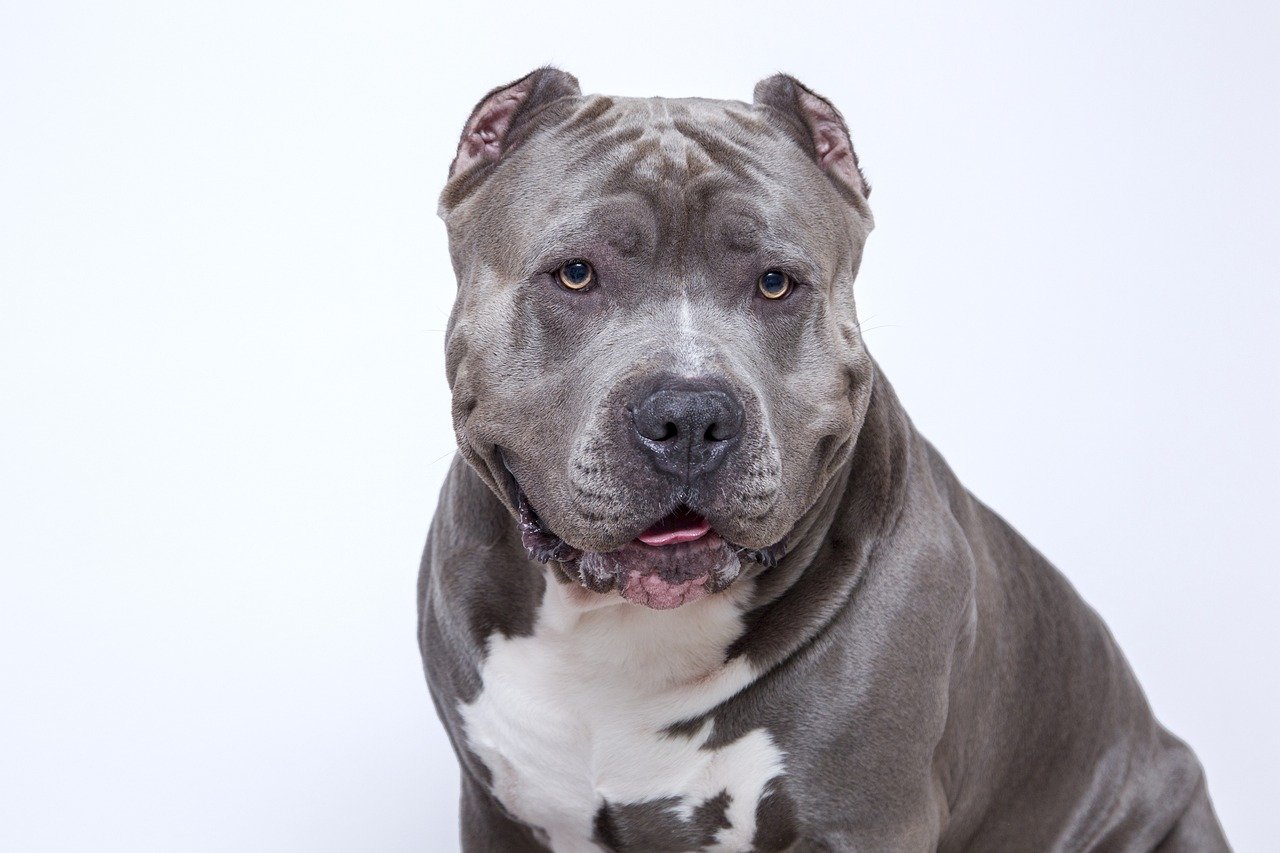
Metal Fire Pits
When it comes to creating a cozy atmosphere in your backyard, are a fantastic choice. They are not only stylish but also incredibly versatile and practical. One of the biggest advantages of metal fire pits is their portability; you can easily move them around your yard or even take them with you on camping trips. Imagine the joy of gathering around a fire under the stars, whether at home or in the great outdoors!
Metal fire pits come in various designs, allowing you to express your personal style while enhancing your outdoor space. Some popular materials include:
- Steel: Known for its durability and resistance to rust, steel fire pits can withstand high temperatures and are often coated to prevent corrosion.
- Cast Iron: These fire pits are excellent for heat retention, meaning they stay warm longer and can radiate heat to keep you cozy even on chilly nights.
- Aluminum: Lightweight and resistant to rust, aluminum fire pits are easy to move and maintain, making them a practical option for many homeowners.
Another great aspect of metal fire pits is their design flexibility. They come in various shapes and sizes, from sleek modern designs to more traditional styles. You can find fire pits that are round, square, or even custom-shaped to fit perfectly into your backyard layout. Plus, many metal fire pits come with additional features such as:
- Grill grates for cooking
- Mesh screens to contain sparks
- Built-in storage for firewood
However, it’s essential to consider the maintenance of metal fire pits. While they are generally easy to care for, they do require some attention to keep them looking great and functioning well. Regular cleaning, especially after use, will help prevent rust and buildup of debris. A simple wipe down with a damp cloth and a mild soap can do wonders. Additionally, applying a high-temperature paint or protective coating can extend the life of your fire pit.
In summary, metal fire pits are a wonderful addition to any backyard. They offer portability, design versatility, and ease of maintenance, making them a popular choice among outdoor enthusiasts. Whether you’re roasting marshmallows with friends or enjoying a quiet evening under the stars, a metal fire pit can create the perfect ambiance for any occasion.
Q: How do I choose the right size fire pit for my backyard?
A: Consider the space available in your yard and how many people you want to accommodate. A fire pit that is too large can overpower a small space, while a small pit may not provide enough warmth or seating for larger gatherings.
Q: Can I use my metal fire pit for cooking?
A: Yes! Many metal fire pits come with grill grates, allowing you to cook food over the open flame. Just be sure to use safe cooking practices and avoid using any non-food-safe materials.
Q: How can I prevent my metal fire pit from rusting?
A: Regular maintenance is key. Clean your fire pit after each use, apply a protective coating, and store it in a dry place when not in use to minimize exposure to moisture.
Q: Are there any safety precautions I should take when using a fire pit?
A: Absolutely! Always keep your fire pit away from flammable materials, ensure it’s on a stable surface, and never leave it unattended while lit. It's also wise to have a bucket of water or a fire extinguisher nearby just in case.
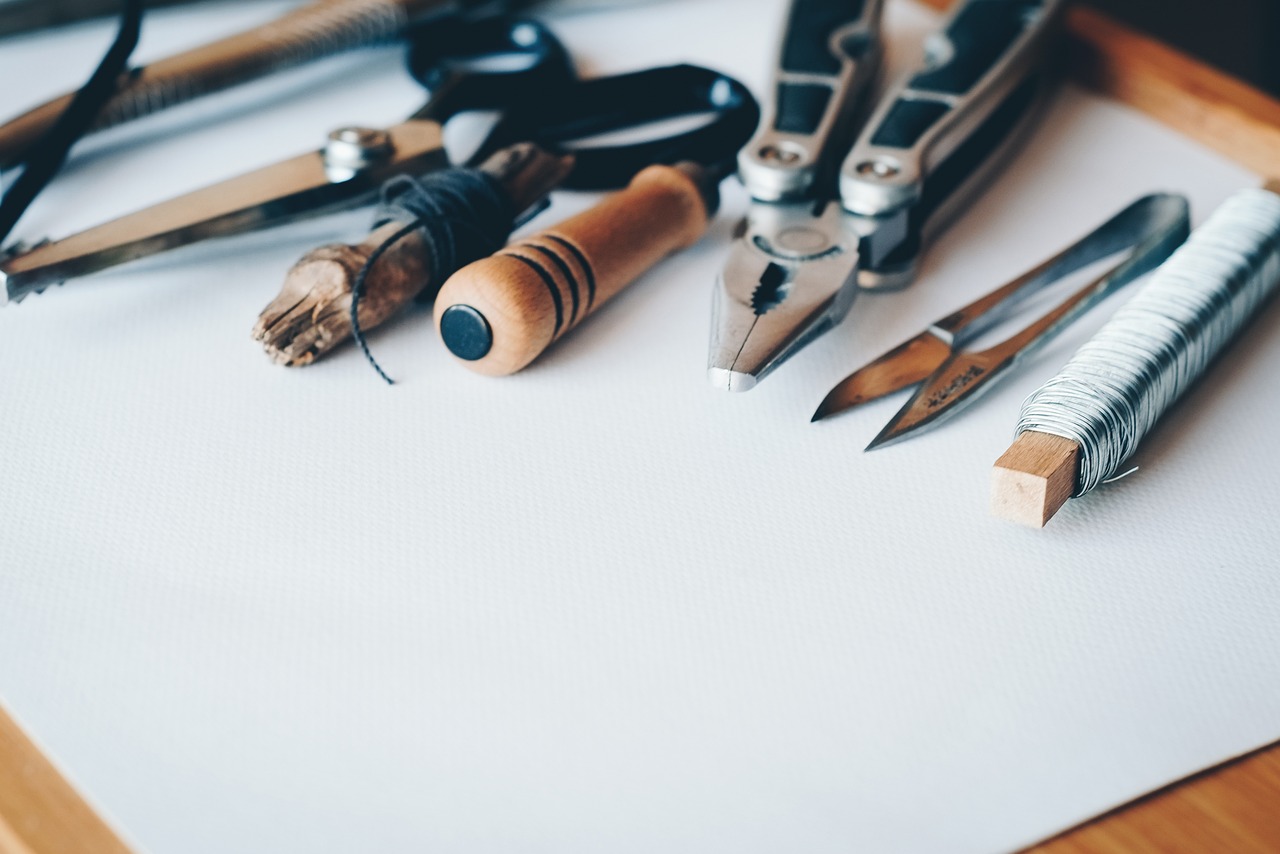
Tools Required
When embarking on your DIY fire pit project, having the right tools at your disposal is crucial for a smooth and successful build. Think of your tools as the paintbrushes of an artist; without them, your masterpiece simply can't come to life. Here’s a rundown of the essential tools you’ll need to gather before diving into construction:
First and foremost, a shovel is indispensable for digging out the area where your fire pit will sit. This isn't just a simple hole; you're creating a foundation, so a sturdy shovel will help you get the job done efficiently. Alongside the shovel, a level is key to ensuring that your fire pit is even. An uneven fire pit can lead to safety hazards, not to mention an awkward gathering space.
Next on the list is a trowel, which is perfect for applying mortar if you choose to use bricks or stones that require cementing together. If your fire pit design includes a stone or brick structure, a rubber mallet will also come in handy for gently tapping stones into place without causing any damage. You might also want to have a measuring tape on hand to ensure that your fire pit is the right size for your backyard and the intended seating arrangement.
For those who want to add a personal touch, consider having a saw available if you're working with wooden materials for seating or decorative elements. If you're opting for a metal fire pit, a grinder or cutting tool will be necessary to shape and fit the metal pieces together. Lastly, don’t forget about safety gear! A pair of gloves and goggles are essential to protect yourself from debris and sharp edges during construction.
Here's a quick summary of the tools you'll need:
| Tool | Purpose |
|---|---|
| Shovel | For digging out the fire pit area |
| Level | To ensure even ground for safety |
| Trowel | For applying mortar or cement |
| Rubber Mallet | To gently tap stones into place |
| Measuring Tape | To measure dimensions accurately |
| Saw | For cutting wood if needed |
| Grinder/Cutting Tool | To shape metal pieces |
| Gloves and Goggles | For personal safety during construction |
With these tools in your arsenal, you'll be well-prepared to tackle your DIY fire pit project. Remember, the right tools not only make the job easier but also help ensure that your fire pit is built safely and effectively. So, gather your tools, roll up your sleeves, and get ready to create a cozy gathering spot that will light up your backyard evenings!
As you embark on your fire pit project, you may have some lingering questions. Here are a few frequently asked questions to guide you:
- Do I need a permit to build a fire pit? - This varies by location. Always check your local regulations.
- What is the best size for a fire pit? - A diameter of 36 to 44 inches is typically suitable for most backyards.
- How deep should my fire pit be? - A depth of about 12 to 18 inches is recommended for safety and functionality.
- Can I use my fire pit during dry seasons? - Always check local fire bans and regulations before using your fire pit.
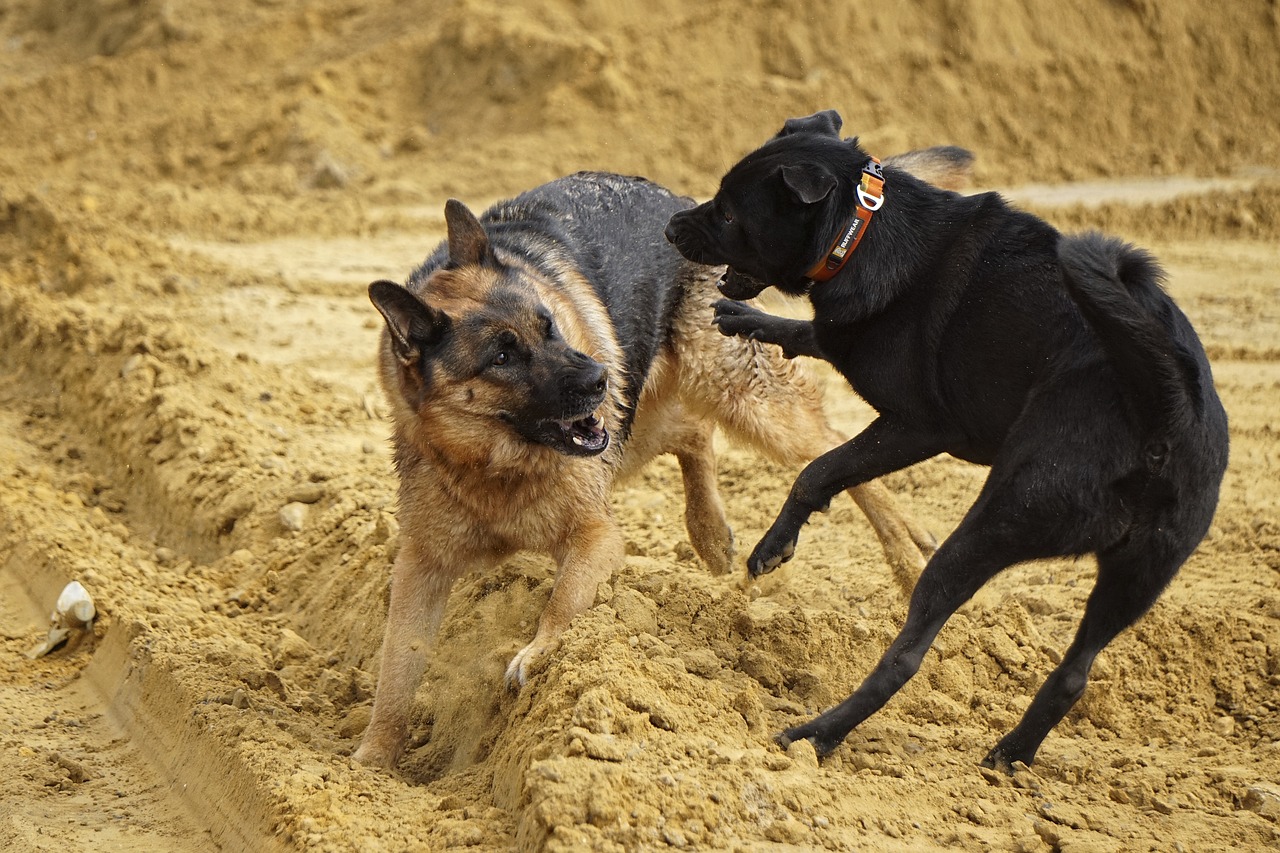
Designing Your Fire Pit
When it comes to , the possibilities are as vast as the night sky. It's not just about functionality; it's also about creating a beautiful focal point in your backyard that draws friends and family together. Imagine a cozy evening, surrounded by flickering flames, laughter, and the aroma of roasted marshmallows. To achieve this, you’ll want to consider various design styles and shapes that not only fit your aesthetic but also enhance the overall experience.
First, think about the shape of your fire pit. Do you want a classic circular design that invites everyone to gather around, or perhaps a square or rectangular shape that fits neatly into a corner of your yard? Each shape has its own vibe; circular fire pits encourage intimacy, while square ones can create a more structured feel. Consider how the shape will fit into your outdoor space and how it will interact with other elements like your garden, patio, or deck.
Next, let’s talk about size. The dimensions of your fire pit should be proportional to your backyard. A massive fire pit can overwhelm a small space, while a tiny one might feel lost in a large yard. As a general rule, aim for a fire pit diameter of about 36 to 44 inches for optimal warmth and social interaction. If you plan to have seating around it, consider leaving at least 3 feet of space between the fire pit and any seating to ensure safety and comfort.
Now, what about seating? This is where your fire pit can truly shine as a social hub. You can incorporate built-in benches, comfortable outdoor chairs, or even rustic logs for a more natural look. The key is to create a cozy atmosphere that encourages conversation. Imagine sitting on a soft cushion, wrapped in a blanket, with the warmth of the fire radiating around you. If you’re feeling adventurous, you might even want to consider a semi-circular seating arrangement that wraps around the fire pit, allowing everyone to enjoy the flames from multiple angles.
As you design your fire pit, don’t forget to think about the surrounding landscape. Adding decorative stones, gravel, or even a small garden can enhance the aesthetic appeal. Consider creating a pathway leading to your fire pit, lined with lights to guide the way during evening gatherings. This not only adds beauty but also ensures safety as guests navigate through your yard. If you're feeling creative, you can even incorporate elements like a water feature nearby to create a serene ambiance, balancing the crackling fire with the soothing sound of water.
Finally, let’s not overlook the materials you choose for your fire pit. Whether you opt for stone, metal, or concrete, each material brings its own character and durability. Stone fire pits offer a timeless charm and can be customized in various shapes and sizes, while metal fire pits are often portable and come in sleek designs. Think about what suits your style and how it will tie into your overall backyard theme.
In conclusion, designing your fire pit is all about blending functionality with creativity. It’s an opportunity to create a space that reflects your personality and invites others to share in the warmth and joy of outdoor gatherings. So, grab a sketchpad, let your imagination run wild, and start planning the fire pit of your dreams!
- What is the best material for a fire pit? The best material depends on your preferences. Stone offers durability and a rustic look, while metal is portable and easy to assemble.
- How far should a fire pit be from my house? A fire pit should be at least 10 to 20 feet away from any structures or flammable materials for safety.
- Can I use my fire pit in the winter? Yes, fire pits can be used in the winter! Just ensure you have proper safety measures in place and dress warmly.
- Do I need a permit to build a fire pit? Check your local regulations, as some areas may require a permit or have restrictions on fire pits.
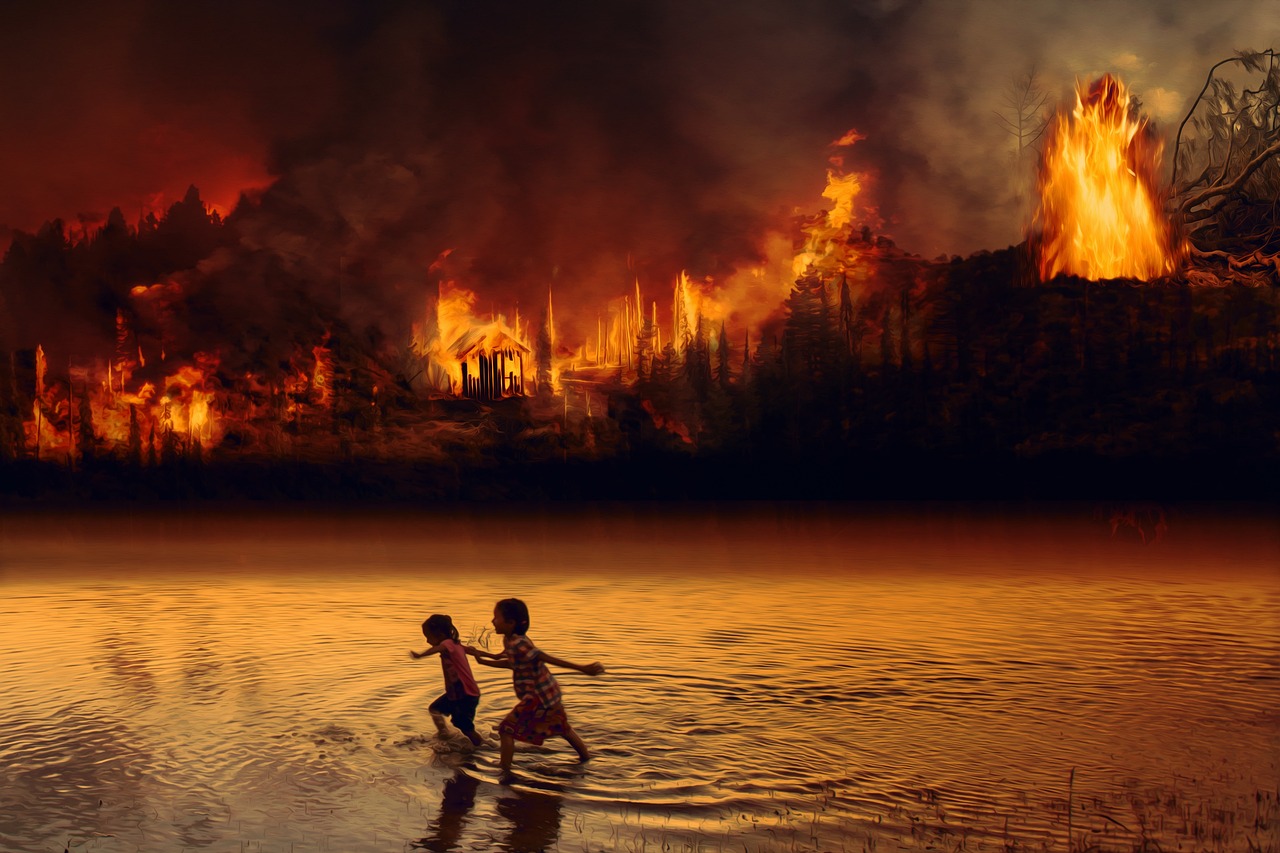
Shape and Size Considerations
When it comes to your DIY fire pit, the shape and size are not just aesthetic choices; they play a vital role in the overall functionality and safety of your outdoor space. Imagine gathering around a cozy fire with friends and family, the flames dancing in the night while you share stories and laughter. The right fire pit design can enhance this experience, making it both enjoyable and safe.
First, let's talk about shape. Fire pits can come in various forms, including circular, square, or even rectangular. Each shape has its own charm and practicality:
- Circular fire pits are often favored for their traditional look and the way they encourage a communal atmosphere. They allow for easy movement around the fire and can be constructed with stones or bricks arranged in a circle.
- Square fire pits offer a modern twist and can be an excellent choice for contemporary outdoor spaces. They can also double as a table when not in use, making them functional as well as stylish.
- Rectangular fire pits can provide a unique design element and may fit better in narrow spaces. They can be great for larger gatherings, allowing more people to sit around the fire comfortably.
Now, let’s dive into size considerations. The size of your fire pit should be based on a few key factors:
- Space Availability: Assess your backyard to determine how much space you can allocate for the fire pit. A small yard may benefit from a compact design, while larger areas can accommodate a more expansive setup.
- Intended Use: Consider how you plan to use your fire pit. If you envision hosting large gatherings, a bigger fire pit will be necessary to accommodate more people. On the other hand, if it's just for intimate evenings, a smaller pit may suffice.
- Safety Distances: Ensure that your fire pit is set at a safe distance from any flammable structures, trees, or furniture. This distance is crucial for preventing accidents and ensuring a peaceful evening under the stars.
As a rule of thumb, a fire pit diameter of 36 to 44 inches is generally suitable for most gatherings. This size allows for ample seating around the pit while still providing a warm, inviting flame. However, if you opt for a larger fire pit, make sure you have enough seating and space to keep everyone safe and comfortable.
Ultimately, the shape and size of your fire pit should reflect your personal style and the way you plan to use it. Whether you choose a classic circular design or a modern rectangular pit, remember that the most important aspect is creating a space that brings people together. After all, a fire pit is not just a feature in your backyard; it’s a place for memories to be made, stories to be shared, and warmth to be felt.
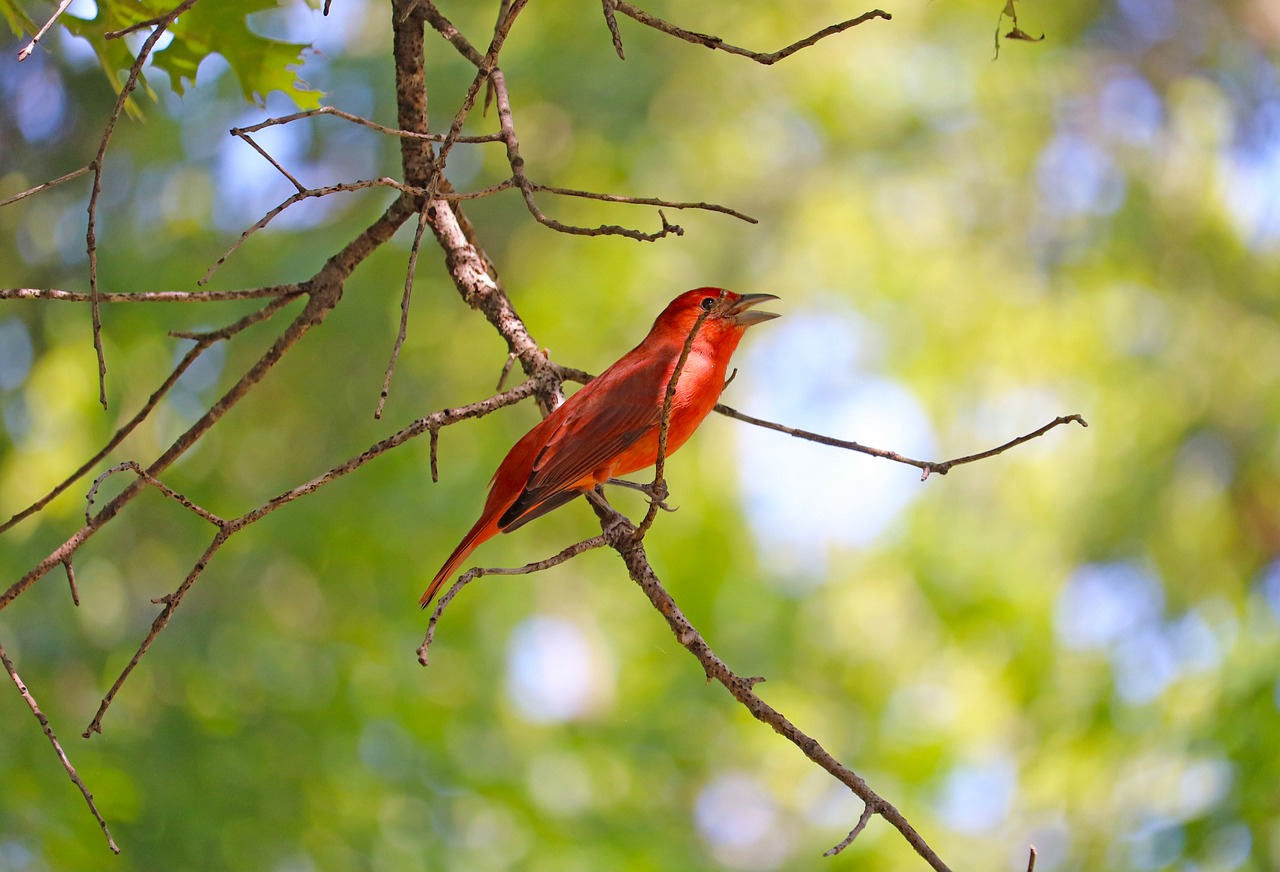
Incorporating Seating
When it comes to creating the perfect fire pit experience, seating is just as important as the fire itself. Imagine gathering around a warm, crackling fire with family and friends, the night sky twinkling above, and everyone comfortably nestled in their spots. That's the kind of cozy atmosphere you want to cultivate in your backyard. So, how do you go about incorporating seating around your fire pit? Let's dive into some creative ideas!
First off, you want to consider the layout of your seating. The arrangement should facilitate conversation and ensure that everyone can enjoy the warmth of the fire. Circular seating is a popular choice as it promotes inclusivity and makes it easy for everyone to engage with each other. You could use benches, chairs, or even large, sturdy logs that blend with the natural surroundings. Just picture it: a rustic log bench that not only looks great but also adds to the outdoor charm!
Next, think about the material of your seating. You have a variety of options, each with its own unique vibe. Here are a few popular choices:
- Wooden Benches: These are classic and can be customized to fit your space perfectly. Plus, they can be painted or stained to match your outdoor decor.
- Adirondack Chairs: Known for their comfort, these chairs are perfect for lounging while keeping your feet warm by the fire.
- Recycled Plastic Furniture: Eco-friendly and durable, this option withstands the elements while providing a modern look.
Now, let's not forget about comfort. Adding cushions or throws can make your seating area even more inviting. Choose weather-resistant fabrics that can withstand the outdoor elements but still provide that cozy touch. You can even mix and match colors and patterns to create a vibrant, personalized space that reflects your style.
Lastly, consider the accessibility of your seating. Ensure that there’s enough space between the fire pit and the seating for safety, but also to allow for easy movement. A distance of at least 3 feet is generally recommended. This way, your guests can enjoy the fire's warmth without feeling cramped or unsafe.
Incorporating seating around your fire pit is all about creating an inviting atmosphere where memories can be made. Whether it's a casual family gathering or a lively party with friends, the right seating can elevate your outdoor experience to new heights. So, grab those comfy chairs, add some cushions, and get ready for countless evenings filled with laughter, stories, and the mesmerizing glow of firelight!
Here are some common questions about incorporating seating around your fire pit:
| Question | Answer |
|---|---|
| What is the best material for fire pit seating? | Wood, metal, and recycled plastic are all great options, depending on your style and budget. |
| How much space should I leave between the fire pit and seating? | A distance of at least 3 feet is recommended for safety and comfort. |
| Can I use regular furniture outside? | It's best to use outdoor furniture that is weather-resistant to ensure longevity. |
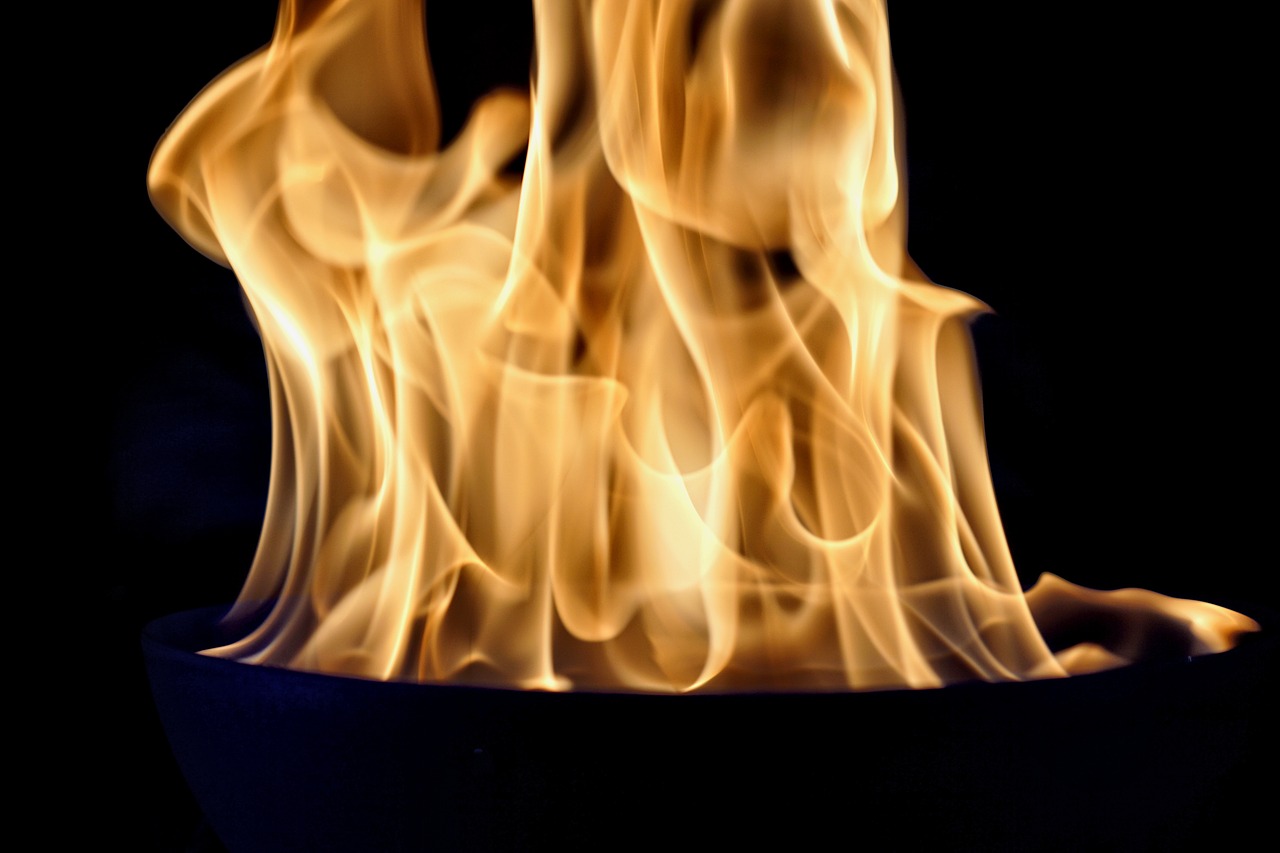
Safety Precautions
When it comes to enjoying the warmth and ambiance of a fire pit, safety should always be at the forefront of your mind. Imagine gathering around a crackling fire with friends and family, sharing stories and laughter, but suddenly realizing that a small oversight could turn that cozy moment into a disaster. To prevent such scenarios, it’s crucial to take the necessary precautions before lighting that first flame. One of the first things to consider is the distance from flammable materials. Ideally, your fire pit should be situated at least 10 to 20 feet away from any structures, trees, or other combustible items. This distance creates a safe buffer zone, reducing the risk of accidental fires.
Moreover, it's important to have a clear area around your fire pit. Ensure that the ground is free from leaves, grass, or any other debris that could catch fire. You might want to create a non-combustible zone around the pit using gravel or pavers. This not only enhances safety but also adds a decorative touch to your outdoor space. Additionally, always keep a bucket of water, a fire extinguisher, or a hose nearby when using your fire pit. This way, you’re prepared to act quickly in case of an emergency.
Fire management techniques are also critical. Never leave the fire unattended, and always wait for the flames to die down before adding more wood. If you’re using lighter fluid, avoid pouring it on an already lit fire, as this can cause a dangerous flare-up. Instead, use kindling and dry wood to start your fire safely. It's also a good idea to educate everyone in your gathering about fire safety. Discuss the importance of staying at a safe distance from the fire and what to do in case of an emergency.
Lastly, you should check for any local regulations regarding fire pits. Some areas have specific rules about open flames, especially during dry seasons. Understanding these regulations not only helps you comply with the law but also ensures the safety of your neighborhood. For example, you may need a permit to build or use a fire pit, or there might be restrictions on the types of materials you can burn. Always stay informed to keep your outdoor experience enjoyable and safe.
- What should I do if the fire gets out of control?
If your fire becomes unmanageable, use your fire extinguisher or water source to douse the flames. Call emergency services if necessary. - Can I use my fire pit during windy conditions?
It’s best to avoid using your fire pit on windy days, as winds can carry sparks to flammable materials. - What types of wood are safe to burn?
Use seasoned hardwoods like oak, maple, or hickory. Avoid burning treated wood or any materials that can release toxic fumes. - How can I ensure my fire pit is compliant with local regulations?
Check with your local fire department or city regulations to understand the specific rules for fire pits in your area.
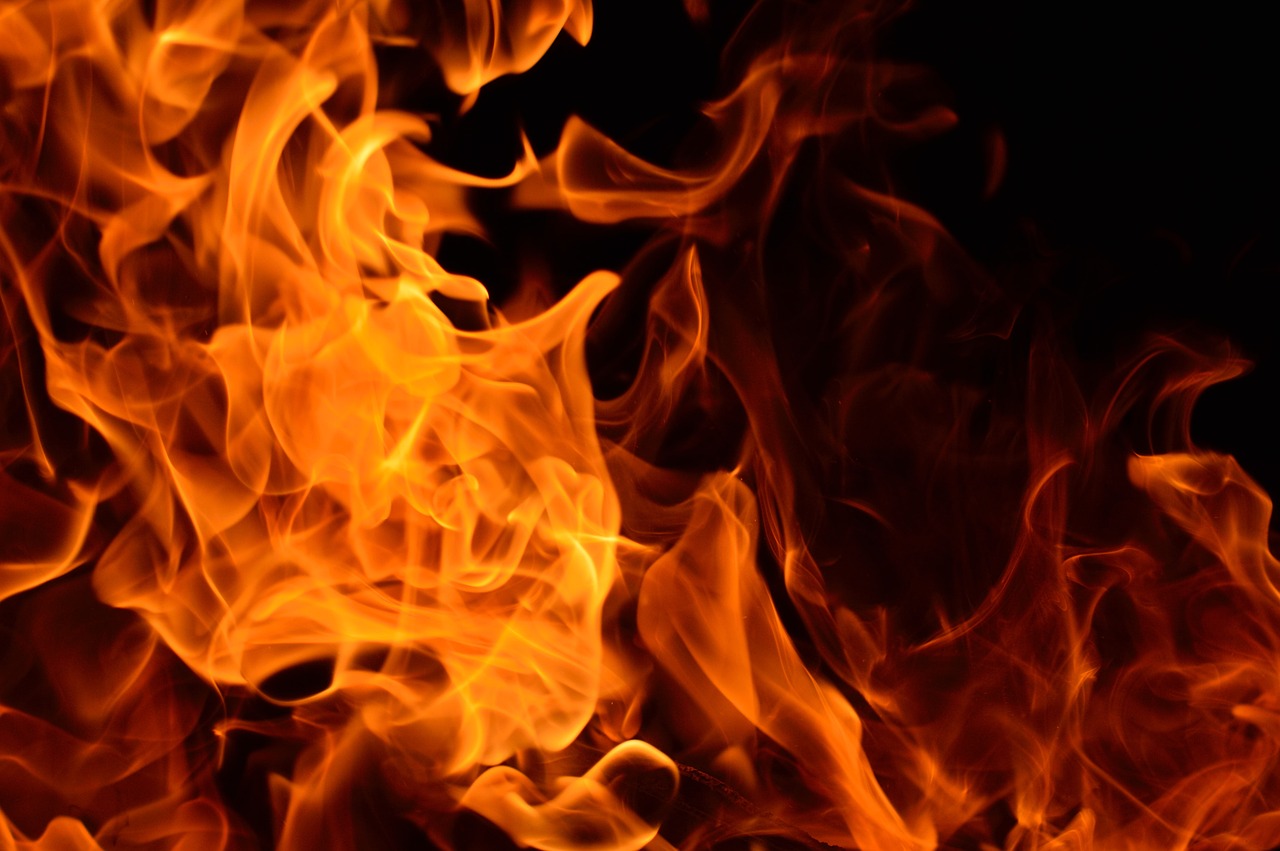
Fire Pit Regulations
Before you dive headfirst into your DIY fire pit project, it's absolutely essential to check the local regulations regarding fire pits in your area. Different regions have different rules, and it's crucial to comply with them to ensure both safety and legality. For instance, some areas may require a permit before you can even think about lighting a fire in your backyard. Ignoring these regulations can lead to hefty fines or, worse, safety hazards that could endanger your family and neighbors.
Most regulations will cover various aspects, including:
- Distance from Structures: Many places have strict guidelines on how far a fire pit must be from your home, fences, and other structures. This distance is typically around 10 to 20 feet, but it varies by location.
- Type of Fuel: Some areas may restrict the type of fuel you can use in your fire pit. For example, burning treated wood or certain types of charcoal might be prohibited due to the harmful emissions they produce.
- Size and Design: Regulations may dictate the maximum size of your fire pit or the materials you can use. For example, some jurisdictions may require that fire pits be constructed from non-combustible materials.
Additionally, it’s wise to check if there are any seasonal restrictions on burning. Many areas impose bans during dry seasons to prevent wildfires. This means you might have to wait until the rainy season to enjoy your new fire pit fully.
To navigate these regulations smoothly, consider reaching out to your local fire department or municipal office. They can provide you with the most accurate and up-to-date information. You can also often find this information on your city or county's official website. Remember, being informed is not just about avoiding penalties; it's about creating a safe environment for everyone to enjoy.
In summary, understanding fire pit regulations is a crucial step in your DIY project. By taking the time to research and comply with local laws, you're not just following the rules; you're ensuring that your backyard remains a safe haven for gatherings and memories.
- Do I need a permit to build a fire pit?
It depends on your local regulations. Check with your local authorities to find out. - What is the safest distance for a fire pit from my house?
Generally, a distance of 10 to 20 feet is recommended, but check your local guidelines for specifics. - Can I burn treated wood in my fire pit?
No, burning treated wood can release harmful chemicals. Always use natural, untreated wood for safety. - Are there restrictions on fire pits during certain seasons?
Yes, many areas have burning bans during dry seasons to prevent wildfires. Always check local advisories.
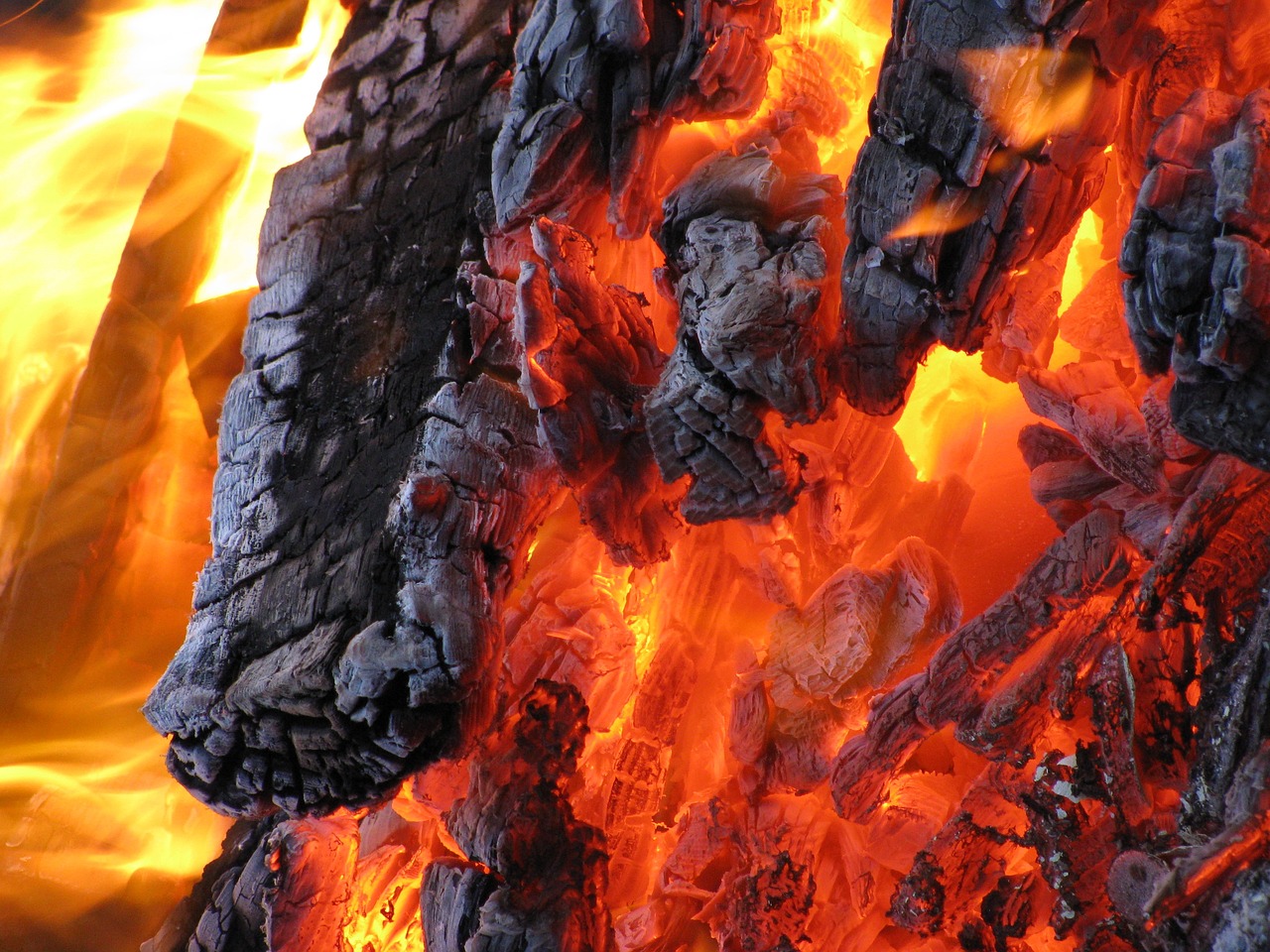
Maintaining Your Fire Pit
Regular maintenance is crucial for ensuring that your fire pit remains a safe and enjoyable feature in your backyard. Think of it as giving your fire pit a little TLC, just like you would for your beloved garden or patio furniture. By taking the time to care for your fire pit, you not only extend its lifespan but also enhance your outdoor experience. So, what exactly does maintaining your fire pit involve? Let's dive into some essential tips!
First and foremost, cleaning is key. After each use, it's a good idea to remove any leftover ashes and debris. Not only does this keep your fire pit looking tidy, but it also prevents unwanted odors and potential fire hazards. A simple metal shovel or a small broom can work wonders here. Make sure to wait until the ashes are completely cool before disposing of them—safety first!
Next up, you should inspect your fire pit regularly. Look for any signs of wear and tear, especially if you’re using a metal fire pit. Rust can be a sneaky enemy, so keep an eye out for any spots that might need a little touch-up with high-temperature paint. For stone fire pits, ensure that the stones are intact and not crumbling. A quick check can save you from bigger problems down the line.
When it comes to seasonal changes, preparation is essential. Before winter hits, consider covering your fire pit to protect it from harsh weather conditions. If you live in an area with heavy snowfall, a protective cover can keep the moisture out and prevent rust or damage. During the spring, give your fire pit a thorough cleaning and inspection to prepare for the outdoor gatherings that await!
Lastly, don't forget about fuel management. If you’re using wood, make sure it’s seasoned and dry to reduce smoke and ensure a cleaner burn. For gas fire pits, check the connections and hoses regularly for leaks. It’s a good idea to familiarize yourself with the maintenance requirements specific to the type of fire pit you have, as each type may have unique needs.
In summary, maintaining your fire pit doesn't have to be a daunting task. With a little regular attention, you can ensure your fire pit remains a safe, beautiful centerpiece for your outdoor gatherings. So, roll up your sleeves, grab those cleaning tools, and give your fire pit the love it deserves!
- How often should I clean my fire pit? It's best to clean your fire pit after each use to prevent buildup of ashes and debris.
- Can I leave my fire pit outside during winter? Yes, but it's recommended to cover it to protect it from snow and ice.
- What should I do if I find rust on my metal fire pit? Sand down the rusted area and apply high-temperature paint to prevent further rusting.
- Is it safe to use treated wood in my fire pit? No, treated wood can release harmful chemicals when burned, so it’s best to stick with natural, seasoned wood.
Frequently Asked Questions
- What materials do I need to build a fire pit?
To create your own fire pit, you'll need a variety of materials including stones or bricks, fire pit bowl (if using metal), gravel for drainage, and fire-resistant adhesive. Tools like a shovel, level, and trowel will also be essential to ensure everything is set up correctly.
- Where is the best location for my fire pit?
The ideal spot for your fire pit should be away from flammable structures, at least 10-20 feet from your home or any trees. Consider the wind direction too; you don’t want smoke blowing into your house or your guests’ faces. Accessibility is key, so choose a location that’s easy to gather around.
- Are there specific regulations I need to follow?
Absolutely! Before you start building, check your local regulations regarding fire pits. Some areas require permits or have restrictions on size and materials. It’s always better to be safe than sorry, so make sure to comply with local laws to avoid fines or safety issues.
- How do I maintain my fire pit?
Regular maintenance is crucial for the longevity of your fire pit. Clean out ashes after each use, inspect for any damage, and cover it during inclement weather. Additionally, consider a seasonal deep clean to keep it looking great and functioning well.
- What is the best design for a fire pit?
The best design for your fire pit really depends on your space and personal style. Round fire pits are great for social gatherings, while square designs can fit into tighter spaces. Incorporating seating around the fire pit can enhance the experience, so think about benches or logs for a cozy feel.
- Can I use a metal fire pit on a wooden deck?
Using a metal fire pit on a wooden deck is possible, but you need to take precautions. Always place a heat-resistant mat underneath to protect the wood from heat damage. Additionally, keep it a safe distance from any flammable materials and supervise it closely while in use.
- How do I choose the right size for my fire pit?
The size of your fire pit should depend on the space you have available and how many people you want to accommodate. A fire pit that’s 36 inches in diameter is usually perfect for a small gathering, while larger pits can go up to 48 inches for bigger groups. Just ensure it fits comfortably in your yard!



















